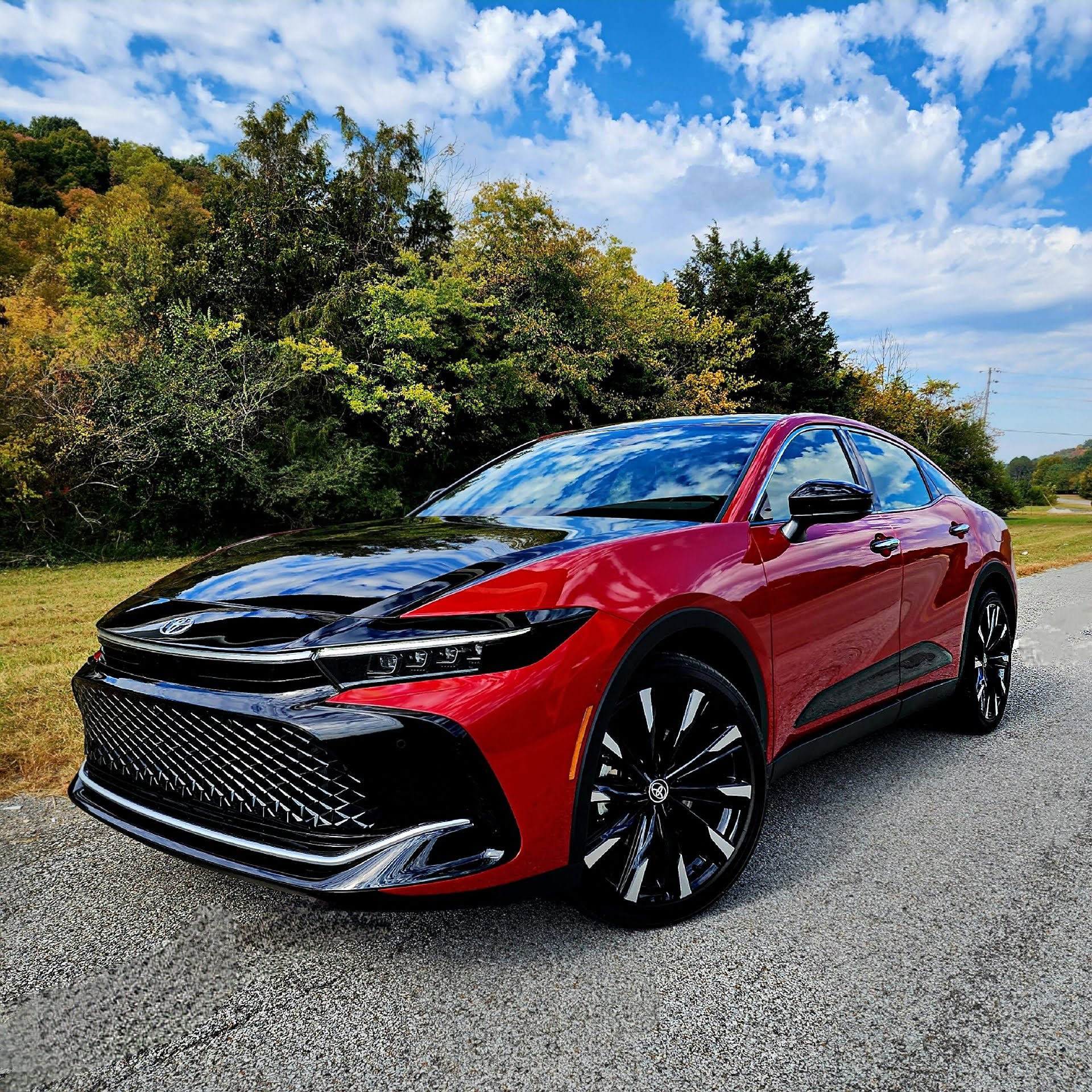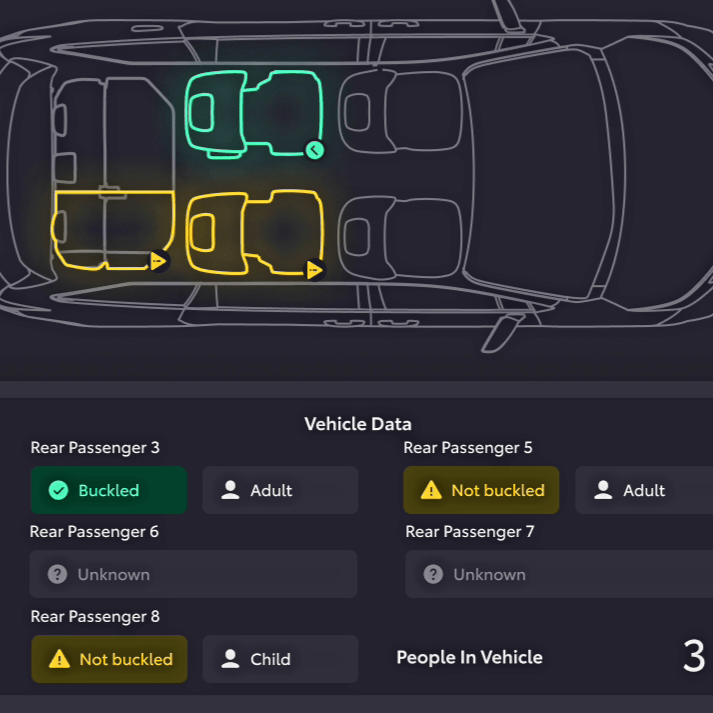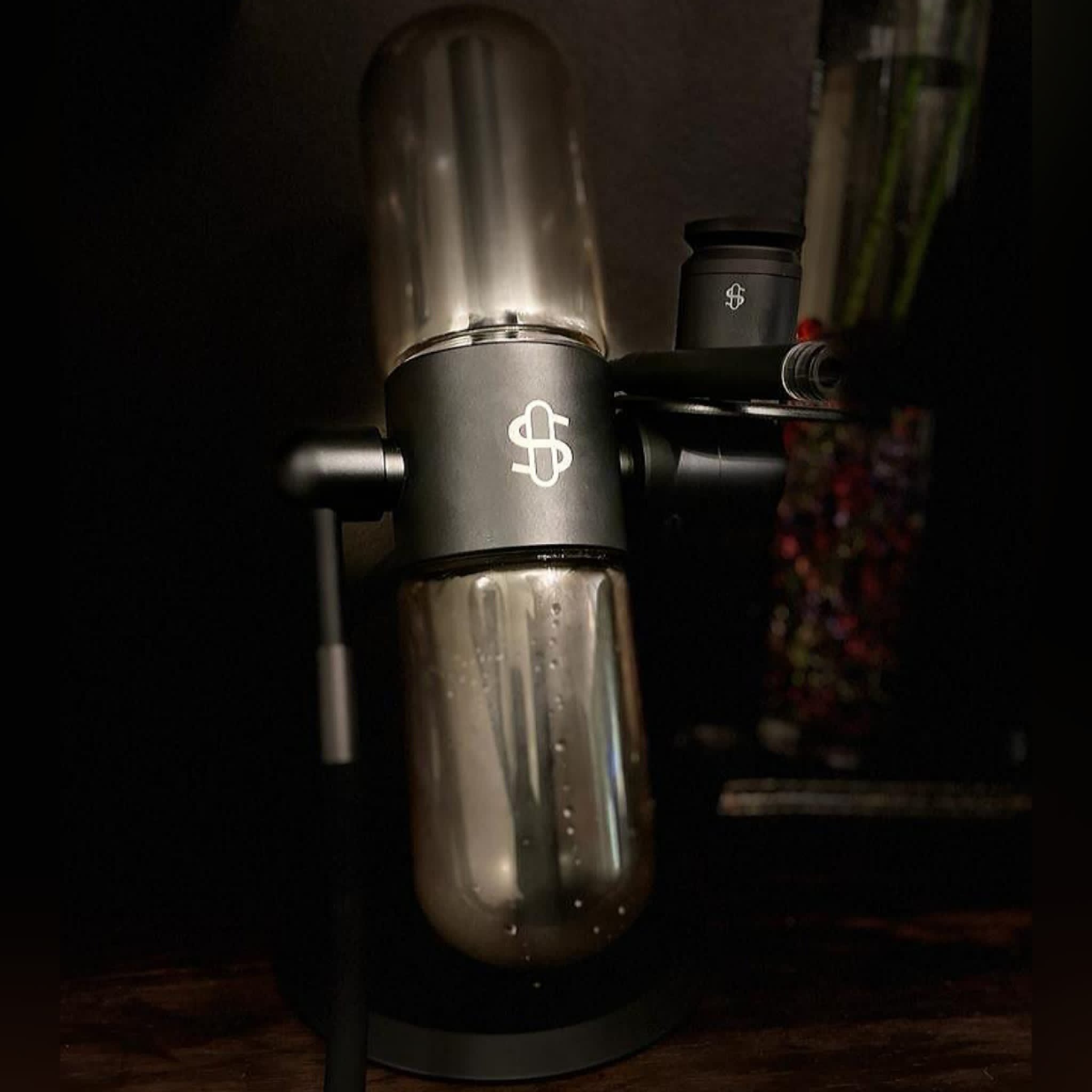Toyota Crown Returns to the US with Bold Style and New Hybrid Max Powertrain.


Toyota Crown Returns to the US with Bold Style and New Hybrid Max Powertrain.

A smart home can be such a massive help for a busy family. They automate several processes in daily life so you don’t have to take the extra time to do them yourself. A smart home assistant can keep notes for your next grocery order, and a smart outlet can help you save energy and turn your lights on and off with a single command in your phone.

Toyota Connected North America (TCNA) introduced its Cabin Awareness concept technology to help detect occupants in cars.

Motorcycle drivers are more at risk of experiencing collisions than regular road vehicles. Due to the sheer small size of motorcycles, they are less visible to motorists and pedestrians, especially in bad weather conditions, such as rainy or foggy weather. The high likelihood of collision or accidents when owning a motorcycle has led to more […]

Elevation in hookah takes a new form with Stündenglass’ Gravity Infusers. These fully customized rotating glass hookahs elevates hookah experience, which is why even Seth Rogen is using it! These exceptional infusers have a spectacular look, paired with a diverse array of abilities. Stündenglass, aka “hourglass” in German is owned by the vaporizer company Grenco […]

Travel Preparedness Expert Cheryl Nelson has generated a few travel tips to keep you and your family safe during the holidays! Let’s break down these travel tips. Packing Nelson encourages holiday travelers to not overpack! Ensuring that you and your traveling party have not overpacked can save a lot of time, stress and even money. […]

WEILL has been appointed public relations counsel to In Villas Veritas (IVV), arguably the most exclusive villa rental agency in America – so exclusive, in fact, that its existence has been known only to a select few. Marking its 25th anniversary in 2022, In Villas Veritas was founded by Laura Blair at the urging of […]

By: McKinley Franklin Popular rapper and Houston-native Travis Scott hosted the Astroworld Festival this past weekend. The festival resulted in eight fatalities and dozens injured. How did the once cherished Astroworld Festival turn so dark so fast, and how can society learn from this atrocity? This year’s Astroworld Festival marked the third of an annual […]

E-Z BREATHE VENTILATION SYSTEM MARKS 20 YEARS OF PROVIDING IMPROVED AIR QUALITY TO CUSTOMERS NATIONWIDE E·Z Breathe Ventilation System to offer customers 20% off for 20-years in business during National Indoor Air Quality Awareness Month through October. Investing in indoor air quality has never been more important than it is in 2021. With households around […]

Securing Your Financial Future Mark Williams, CEO Brokers International When it comes to securing your financial future, the best time to start planning is today. There are a lot of tools and products available to help put a plan together, but they all have one thing in common: the earlier you take advantage of them, […]